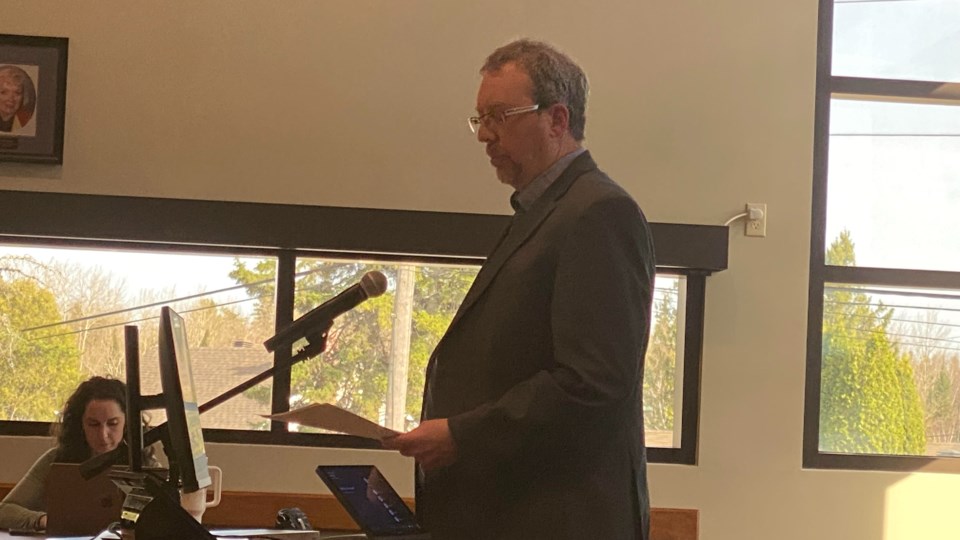Just under half of public school staff are less than a decade from retirement, new data shows.
At the May 7 District School Board Ontario North East (DSB1) trustee meeting, superintendent Steven Pladzyk talked about the first staff demographic survey. It showed what recruitment and retention needs to happen in the next 10 years.
“Data that we’ve gathered under the objective of equity and inclusion, is being used proactively to address barriers and inequities, said Pladzyk during the presentation. “Obviously, we strive to create a workforce where everyone thrives regardless of background or circumstances.”
The voluntary survey was conducted at the beginning of the 2023-24 school year.
It collected information on location, length of employment, experience, retirement, age, race and gender identity, and disability
With about 69 per cent of staff participating, the data collected will become a baseline for future surveys, said Pladzyk.
“This is the first time we’ve done a survey like this in our board,” he said. “This gives us a snapshot from this year, which is really helpful. It’s very current data.”
The survey showed that 37 per cent of the staff have worked for the board for five or fewer years, with 32 per cent being with the board for more than 15 years, and 52 per cent of responding staff were more than 10 years away from retirement.
“In five years, we could see, for example just in administration, 80 to 85 per cent of our administrators having five years or less of experience,” he said. “So as a learning organization, we have to begin planning for now, whether it’s building capacity, whether it’s professional development, recruitment, retention all of those things. So it’s very important information.”
Staff were also asked if they felt included in the workplace. While 78 per cent said they always, or mostly felt included, there are gaps to be addressed, said Pladzyk.
“Whether it’s discussions with our federation partners, or through surveys like this, where we’ve heard sometimes that we’d like you to communicate more, or we would like to have clearer messaging, or those kinds of statements, so to see that 70-plus per cent of our staff feel included all to most of the time, is really encouraging,” he said. “Still we want to focus on the some of the time, a few times numbers as well to try to get that up.”
The survey showed that 78 per cent of staff in DSB1 identified as white, 8 per cent were Indigenous and 11 per cent preferred not to answer.
These data are part of DSB1’s strategic plan to break down barriers for learners. The strategic plan included the student survey at the beginning of the year, as well as the teacher information. This plan was mandated by the provincial ministry of education.
DSB1 will share the information with stakeholders and other partners going forward, and a deeper dive into what this data can mean for future steps will be taken.
“The census celebrates our collective strengths and shows us where we have those strengths and certainly areas for growth,” said Pladzyk.



